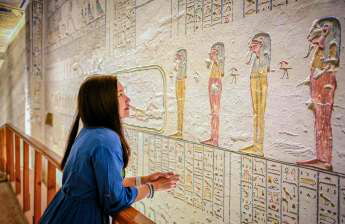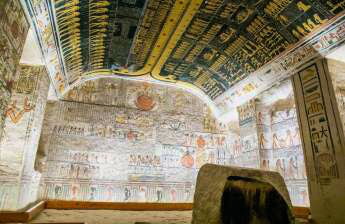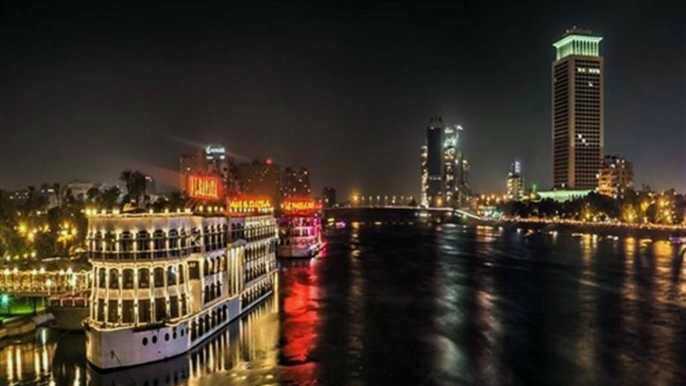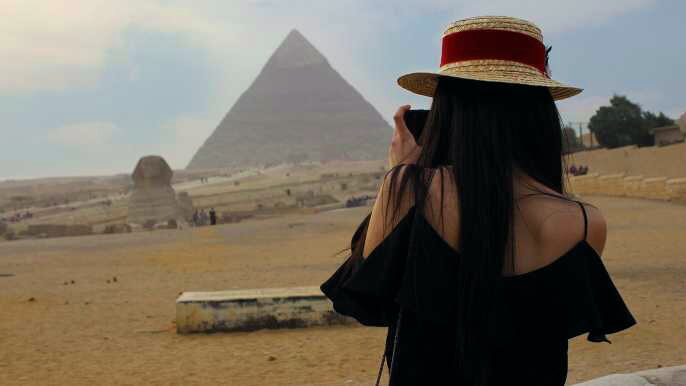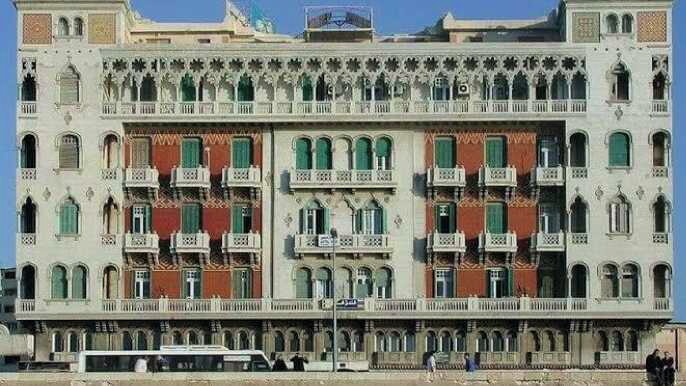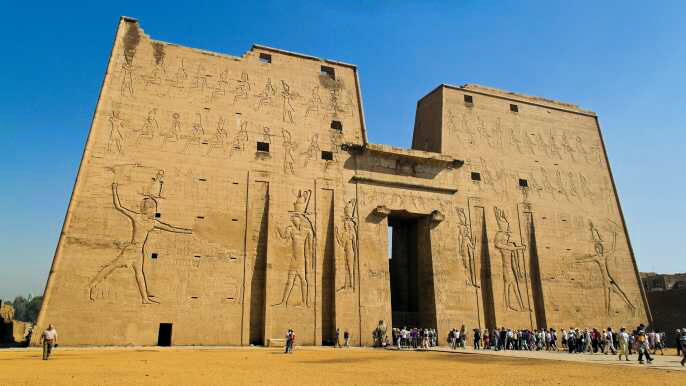Luxor is one of Egypt's top tourist destinations and offers visitors a wealth of fabulous sights. It is the town where ancient pharaohs built magnificent temples and tombs.
It is also home to one of the most stunning attractions in the country, Karnak Temple. To get the most out of your visit, you'll want to split your time between Luxor’s West Bank and East Bank sites.
The Valley of the Kings
A UNESCO World Heritage Site, the Valley of the Kings is home to dozens of tombs. Many of them were looted by grave robbers, but the interiors are still beautifully decorated with painted wall paintings and hieroglyphs.
The New Kingdom pharaohs wanted to be hidden from their enemies, so they built their tombs in a desert valley on the West Bank of the Nile near Luxor. This way, they could protect their mummies and important possessions.
However, as the power of the kings waned, the necropolis was targeted by grave robbers, who stole treasures and mummies. The pharaohs did all they could to secure their tombs, but the damage was done.
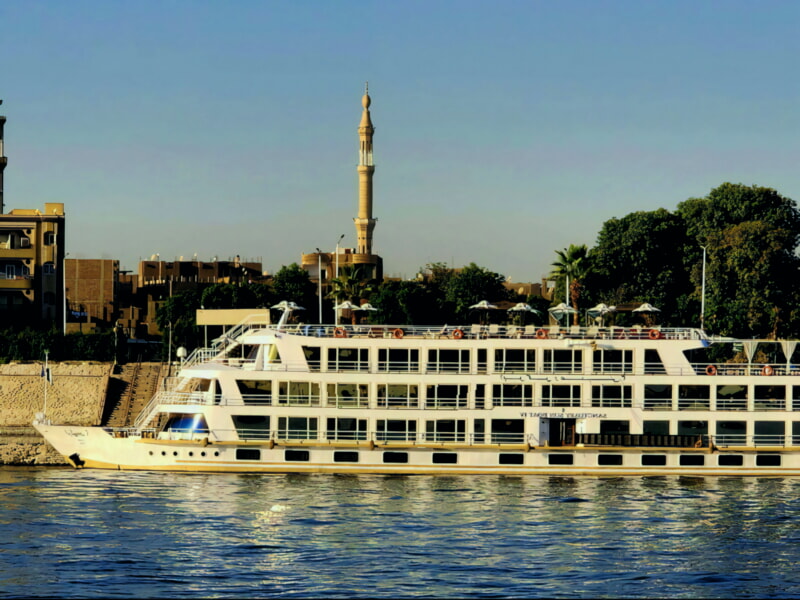
The Valley of the Queens
The Valley of the Queens is an ancient wadi that houses a number of tombs for Egyptian queens, princesses and princes. The main valley is home to 91 tombs, while subsidiary valleys contribute another 19 burial sites.
The most famous of the tombs in this area is the tomb of Nefertari, which has beautiful paintings on its walls. While many of the tombs here have been destroyed, they are still worth a visit for their beautiful artwork and ornate decorations.
Visitors can also explore the tomb of Rameses III’s son Amunherkhepshef, as well as the lesser-known royal tombs of Titi and Khaemwaset. While they aren’t as big and grand as those in the Valley of the Kings, they’re more authentic and less crowded.
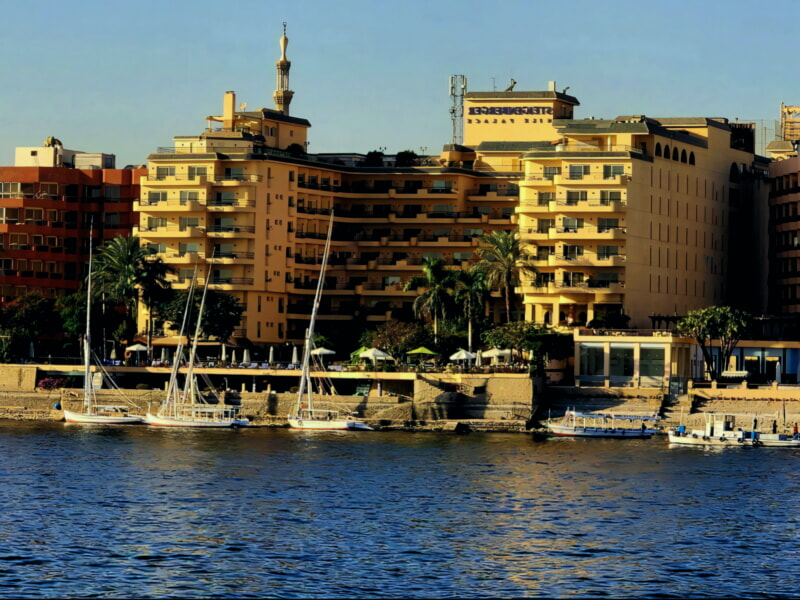
The Mortuary Temple of Ramses II
The Mortuary Temple of Ramses II, sometimes called the “Million Years Temple”, is located in Luxor. It is a popular tourist destination in Egypt and offers an opportunity to visit some of the most renowned monuments and artifacts from ancient times.
This majestic complex was built to honor the pharaoh Ramses II who ruled for over 20 years. He is also known for constructing many of the most impressive monuments in Egypt.
The complex includes a Hypo-style hall with 29 columns that still stand. This grand interior space is decorated with traceries windows and extra scenes of the Battle of Kadesh.
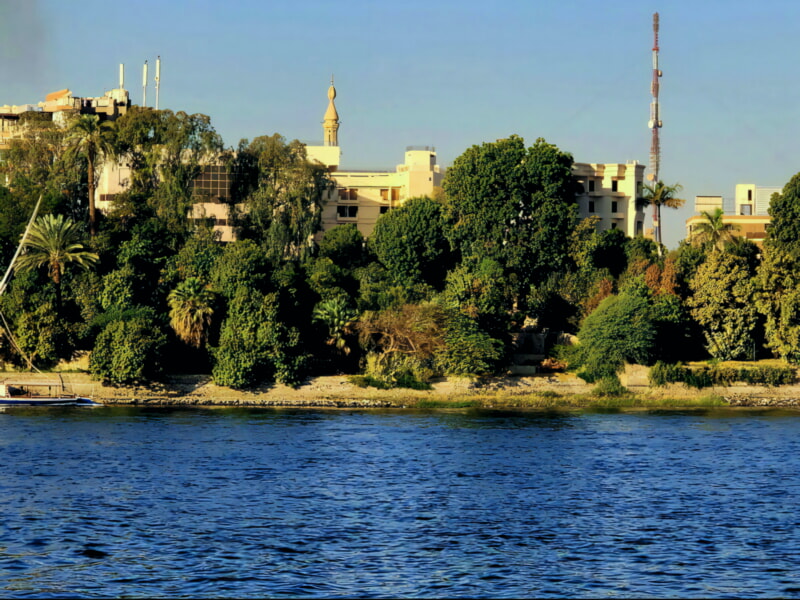
The Temple of Deir al-Bahri
The Temple of Deir al-Bahri is a mortuary temple complex located on the west bank of the Nile opposite Luxor. This UNESCO World Heritage Site forms part of the Theban Necropolis, and was built between the Eleventh and Eighteenth Dynasties.
The most famous temple in this complex is the Mortuary Temple of Queen Hatshepsut. It was designed by the pharaoh’s architect Senenmut, and it is a stunning sight to see.
The Mortuary Temple of Hatshepsut rises from the desert plain in a series of terraces. Each terrace features a colonnade and elaborate reliefs, paintings, and statuary.
The Luxor Museum
The Luxor Museum is a great way to learn more about the ancient city of Luxor. Its collection of relics helps bring the city’s ancient sites to life, so even if you don’t want to venture into the temples themselves, it’s worth taking time to visit this museum on your trip.
It opened in 1975 and displays relics discovered in the area around Luxor. It isn’t a large museum but its selection of works of art is quite impressive.
One of the most interesting exhibits is a room that houses well-preserved mummies and funerary objects from the New Kingdom period. These mummies date back to the 1550s BCE.
